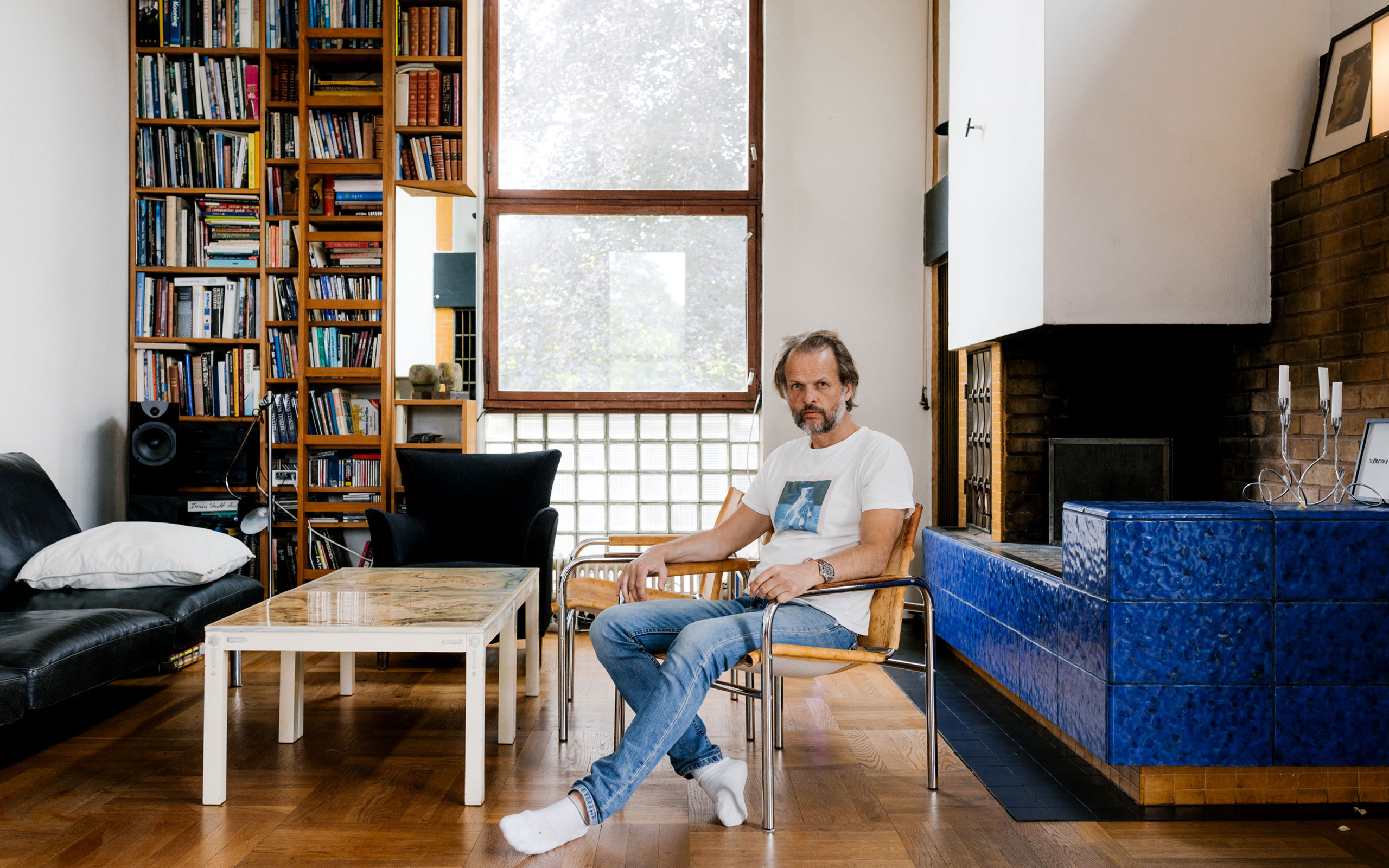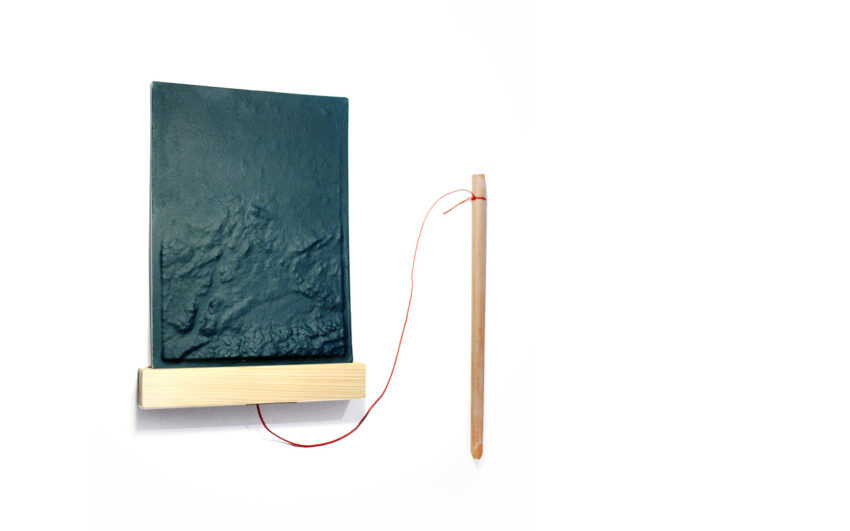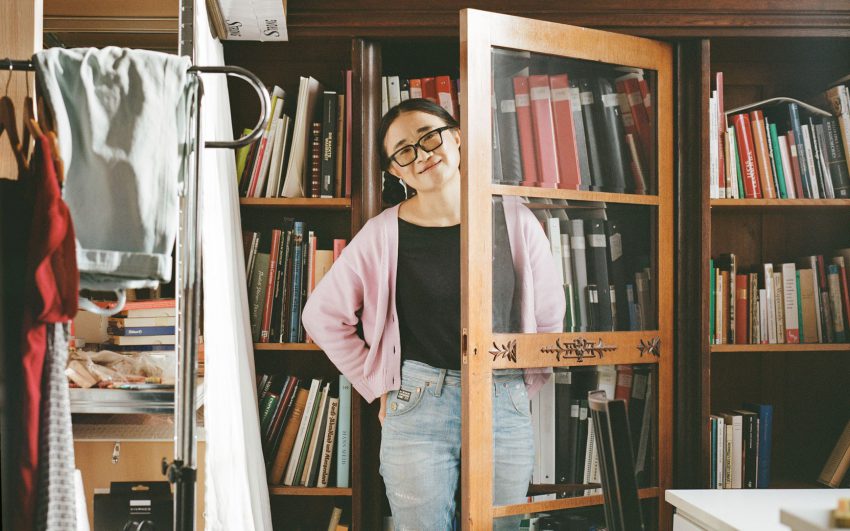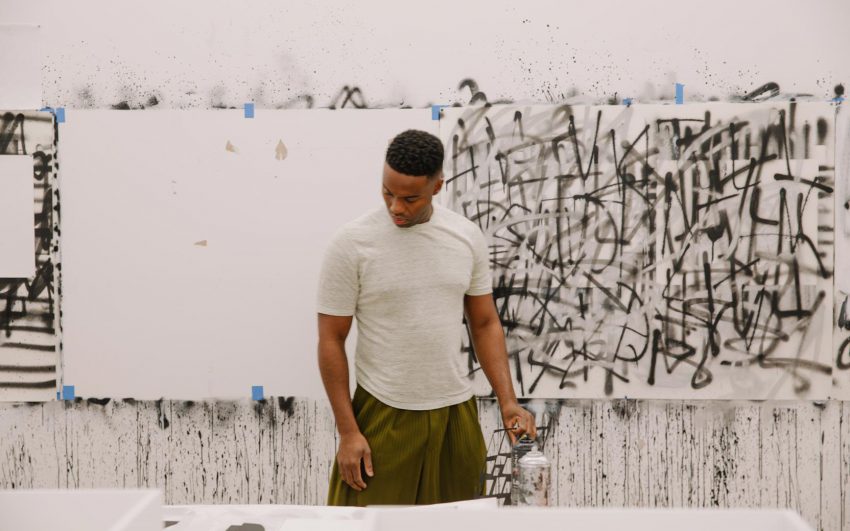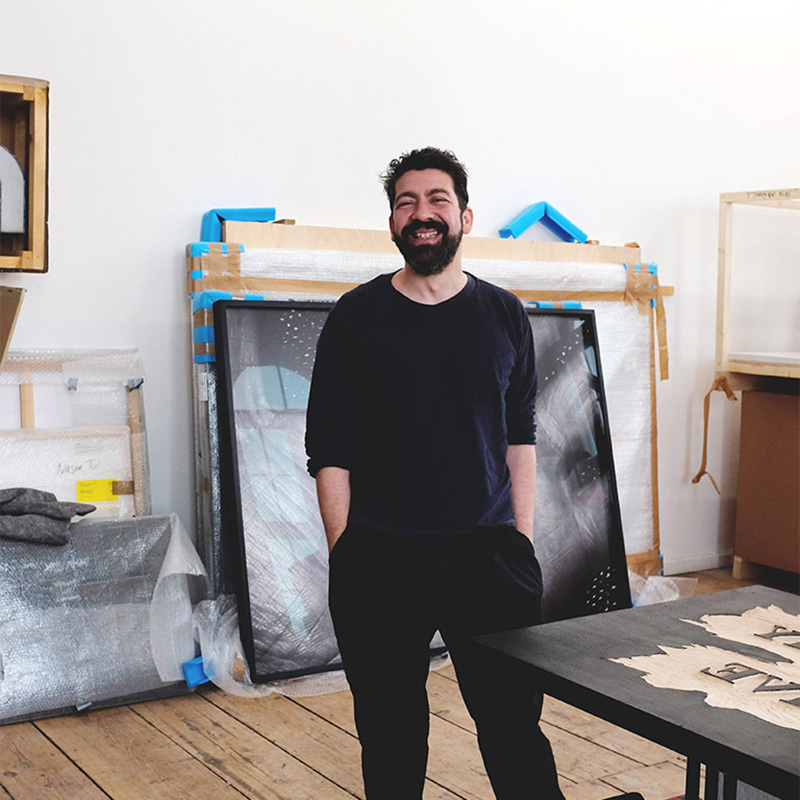The scene for contemporary art in Europe’s North is expanding and developing new dynamics as international collectors are watching the scene. With Nordic Notes we regularly cast the eye on the Nordic art and cultural scene, portraying its important actors.
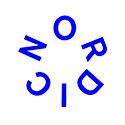
Lawyer, arctic explorer, publisher, author, and art collector are just some of Erling Kagge’s many roles. A born explorer, Erling has always confronted challenges. He was the first man to have reached the North Pole, the South Pole, and the summit of Mount Everest. Today he is a respected collector of contemporary art and the author of a book on collecting on a limited budget. In our conversation Erling told us about his experiences during thirty years of collecting art, and why he has always preferred the difficult paths in life.
Erling, the first work you bought was a lithograph. What drew you to that particular work? And did you know right away that one work wouldn’t be enough for you?
Yes, that was more than thirty years ago. The work was inspired by my fellow Norwegian Edvard Munch and depicted a beautiful, melancholic, dark-haired woman with three jealous men floating in front of her. At the time, I was lovesick because I had just split up with my girlfriend and that made me relate to the work. Over time, I bought a few more pieces. But it took quite a few years before I had the money and time to buy art like a genuine collector.
So is there a difference between just buying art and collecting?
Definitely! To just buy a few lithographs is not collecting to me. But of course, the definition of a collector is quite flexible. In the beginning, I wasn’t really collecting. Only after a couple of years I started to get deeper into it. Collecting became less a hobby but more like a lifestyle.
Can you describe what you learned over the years that enabled you to become a respected collector?
One of the most important things is that one has to be well informed and prepared. I live in Norway and can’t travel to the international art capitals regularly. I make up for that by obtaining a lot of information by email and by reading all available art magazines. The advertisements of galleries in art magazines offer the most neutral information available in the art world. I’m not too big on Instagram but that’s another good way to stay informed these days. Of course I am also trying to travel to see art and to talk to people about it.
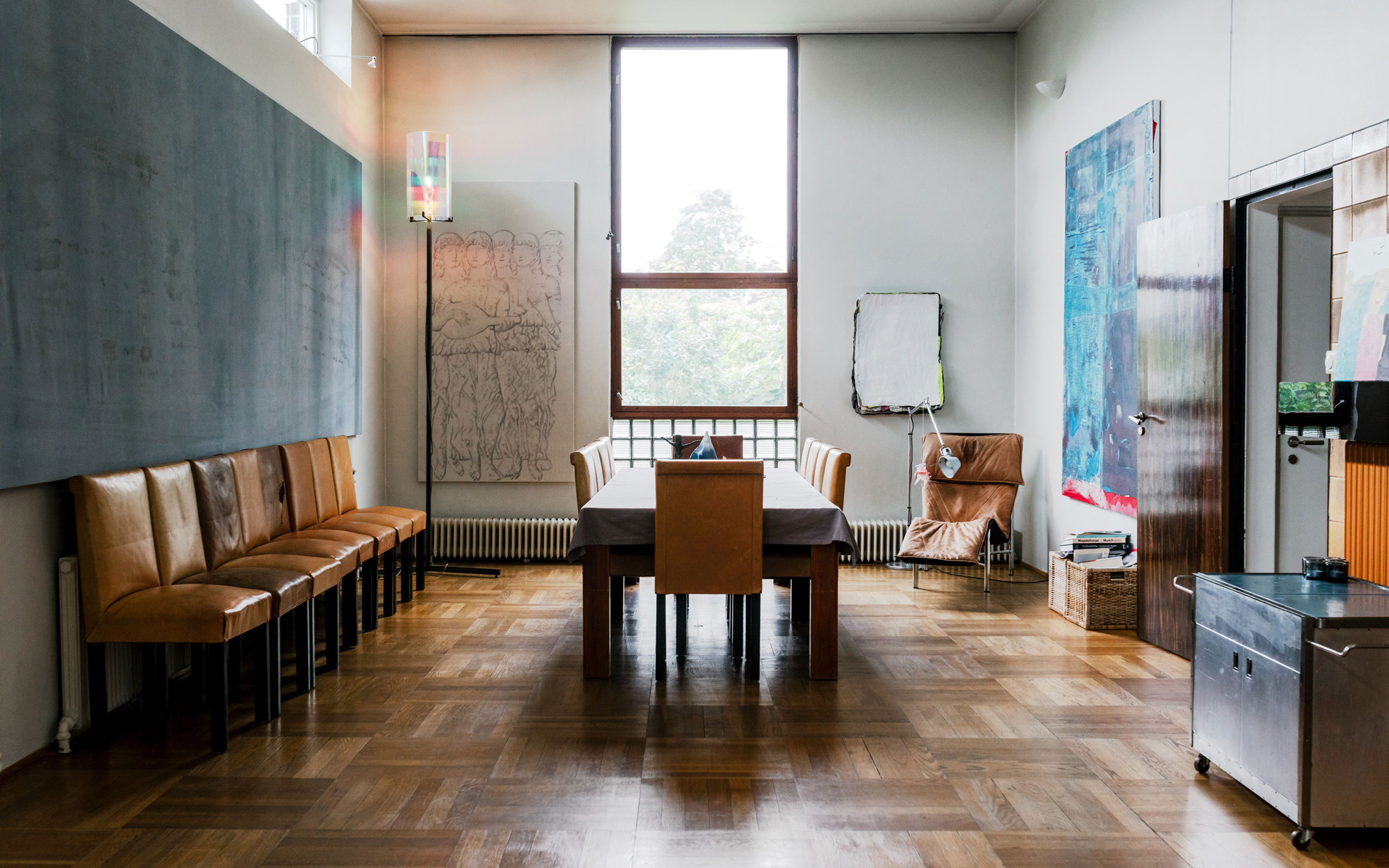
Being well informed is one thing. But developing a discerning eye for good art is something else.
I think being well prepared enables you to collect with your eyes, which is the most important thing. But, ultimately, you will also start collecting with your nose and ears, when you start talking to people and develop a feeling for what’s going on. It’s so difficult to understand contemporary art. That is why it is vital to build your own taste, but also to be ahead of your own taste. The worst thing is to be indecisive. In Norwegian we have the expression “to walk around the porridge” which relates to somebody who is dreaming about something, but not taking action. You can’t be a collector when you hardly buy art at all.
In your “Poor Collector’s Guide” you write that buying what you like is not enough to be a collector. Could you explain that?
I believe in making life more difficult than necessary. It’s too easy to just buy art that pleases your eye. If you do that you will soon be bored of the art you have because it’s too easy to comprehend. If you want to build a great collection you shouldn’t think about your personal taste or aesthetics. Instead ask yourself: Is this interesting to me? Is it challenging? Does it develop my mind?
Different collectors have different approaches and motivations to collecting art. Are there some you particularly respect and some you wouldn’t recommend at all?
In general, I can relate to collectors who have a limited amount of money to spend. That means you have to make choices all the time. In my experience limitations can be very healthy and make for interesting collections. On the other hand, collectors who have almost unlimited resources end up having boring collections because they can buy whatever they like. A few years ago, a Ukrainian collector spent a billion and a half dollars on Damien Hirst, Jeff Koons, and some other triple-A artists. Both Jeff Koons and Damien Hirst are great artists but to me this approach to collecting is not exciting. It lacks soul.
The Swedish collector Jan Widlund told us that, in his opinion, collecting the work of established artists is not a sport and therefore boring to him. Would you agree with him?
I actually don’t really agree with that. Last night, Ed Ruscha was in Oslo. I was there and so were many people who have been buying Ed’s art. And I totally respect that! I would love to have a painting by Ed Ruscha myself. It’s just that, as a collector, my priorities have been different: I like to buy young art from people who are having their first shows. I enjoy being ahead of everyone else. Of course it’s much simpler to buy from established artists, especially when everyone has agreed that they are great and their work is fantastic, and there’s nothing wrong with collecting them. In fact I think it’s very wise to collect Ed Ruscha. It’s just not for me, although he is one of the greatest artists on earth.
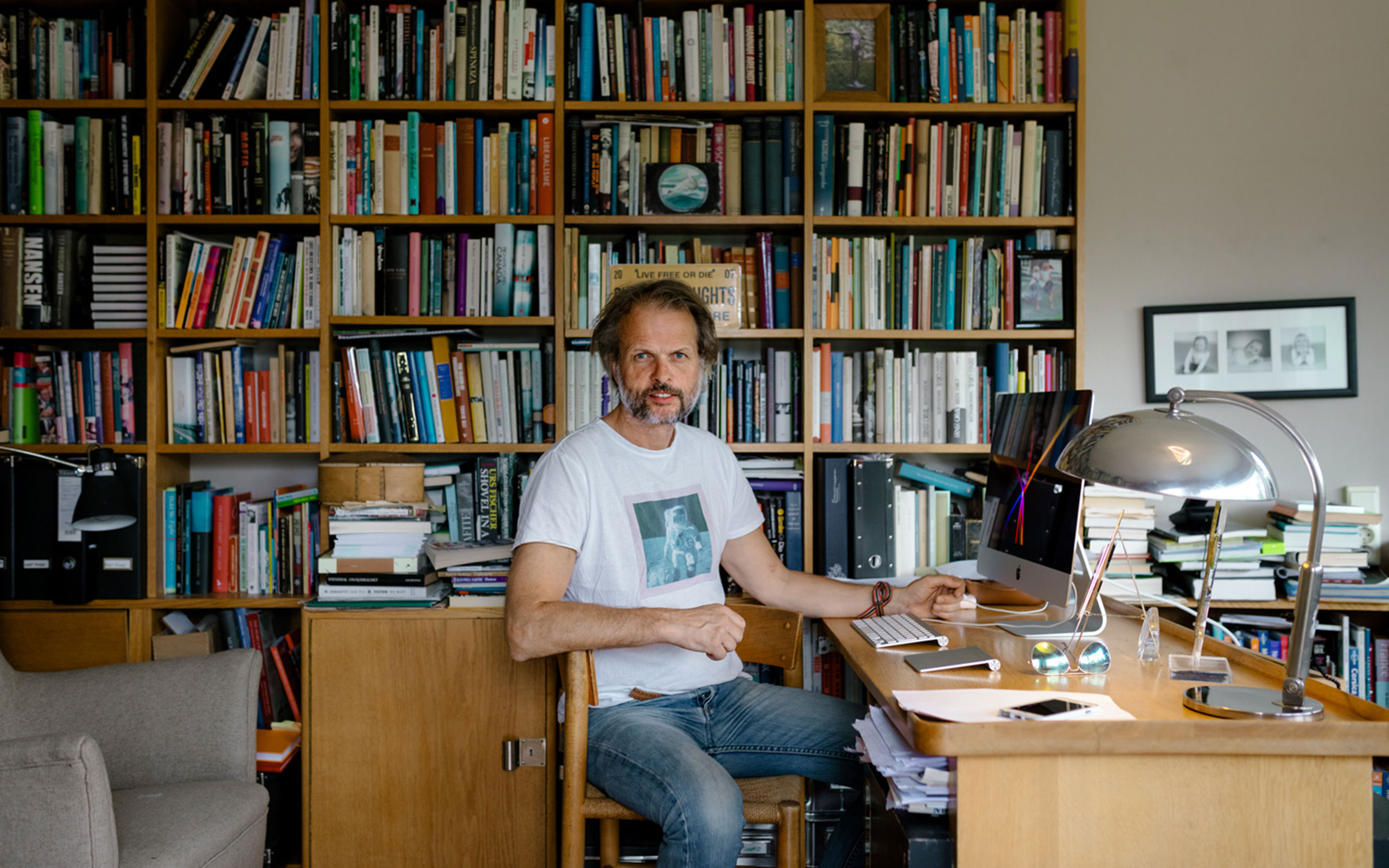
Today, the art market is very much driven by things that happen online. As an art collector, do you use the Internet a lot?
I definitely look at art online and I buy from people I trust even if I have seen only jpegs. I’m not interested in the social side of the Internet, and certainly not in gossip. I’m not active on Instagram or other social media –not as a matter of principle, but I just don’t have the time for it. I can understand why people like to stay connected at all times, listen to everything people have to say and see all these images, but it’s not for me. I prefer long walks without my phone. When I come back home I usually have found some answers to questions I didn’t even know I had asked.
An important part of starting to collect is to have the right people to talk to. Do you have advice for emerging collectors about whom to connect with?
The curators and museum directors are important and so could be people in the media as well as the artists themselves. And the same applies to other collectors. But, for me, the galleries are the most important point of contact. I didn’t enter the art world to make new friends, even though that part might be nice, but rather to buy great works by great artists. And the quickest way to do that is to be close to galleries.
Can you tell us a few of your favorite galleries?
There are quite a few. I like Reena Spaulings in New York, Air de Paris, Galerie Neu in Berlin, The Modern Institute in Glasgow, Presenhuber in Zurich, and Standard in Oslo. I think there are many really great galleries. I’m also impressed by big established galleries, but they are not that good with new art, they don’t seem to have such a good sense for what’s really going on.
After you mentioned a few galleries could you also name some artists whose career you have followed?
I can tell you what I bought over the last two weeks. I got a piece by Juliana Huxtable from Reena Spaulings and a work by Eliza Douglas from Air de Paris. I also bought works from Josh Smith, an established artist whose works I love. I already have quite a few pieces by him, his works are truly great, so great that I felt compelled to buy one more work and I did!
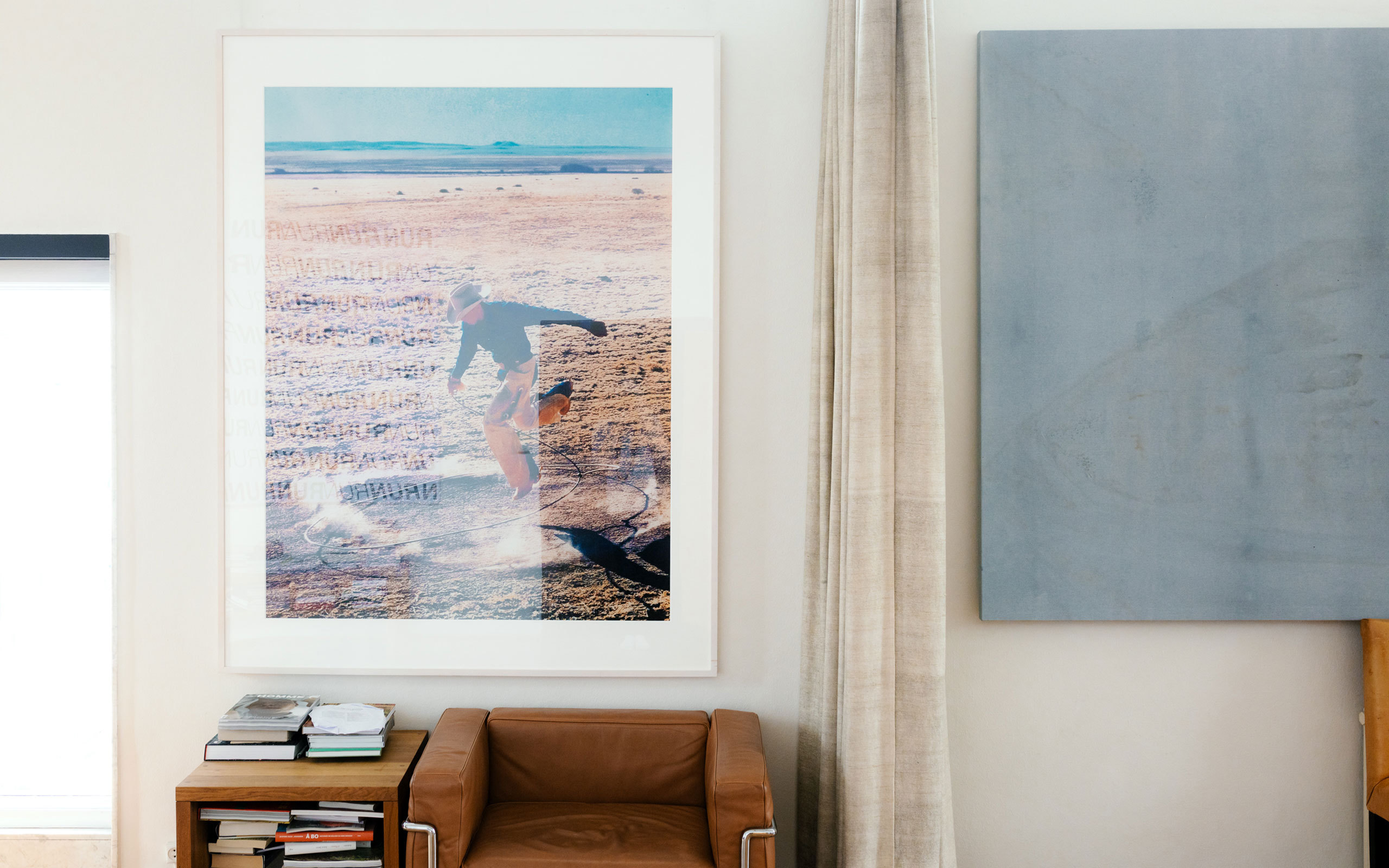
It’s tempting to compare the challenges you seek in collecting art with your past as an explorer and adventurer.
There are some similarities. I really believe that we are all born explorers. That has become clear to me when I watched my two daughters learning to walk. The common denominator for doing expeditions and venturing into the art world is that we are curious beings. And for both you need to be well prepared. I have succeeded as an explorer not because I’m physically fitter than others, but because I have always been careful about my preparations.
At the same time, collecting a lot of physical possessions seems to be opposed to leaving everything behind to set out into the wild.
(laughs) I agree – it’s a dilemma! Doing an expedition is about reducing, while collecting art is about owning and certainly about adding. But, to me, these opposites are no contradiction because, in a way, both have much in common. And there is a time for everything in life. In the 1980s and 90s, my life was very much about expeditions. Today it’s more about publishing, writing, family life, and art collecting.
What made you pass on what you have learned about collecting art by writing “A Poor Collector’s Guide to Buying Great Art”?
At some point, I was thinking about preparing a catalogue of the works in my collections. But there are really too many catalogues already, and hardly anyone reads them. There are many articles and books about collecting, but only a few collectors write about how they actually do it. So I thought that an essay about how I collect might be something that people might be interested in. Then I read a little pamphlet by Eugene M. Schwartz with the title Confessions of a Poor Collector. I liked it a lot and decided to write my own version. It helped that I enjoy writing even though I find it very difficult.
Some people might say that you’re not a poor collector at all, as the title of your book might suggest. You do spend substantial amounts of money on art. What would you tell these people?
They are definitely right. But I’m a publisher too and I know how important it is to find a catchy title. (laughs) Honestly speaking, I just thought that A Poor Collector’s Guide to Buying Great Art sounded cool and that it would catch people’s interest. But it’s also true in a way because, compared to my peers in the art world, I actually do have very little money. Compared to the big fish I consider myself rather poor.
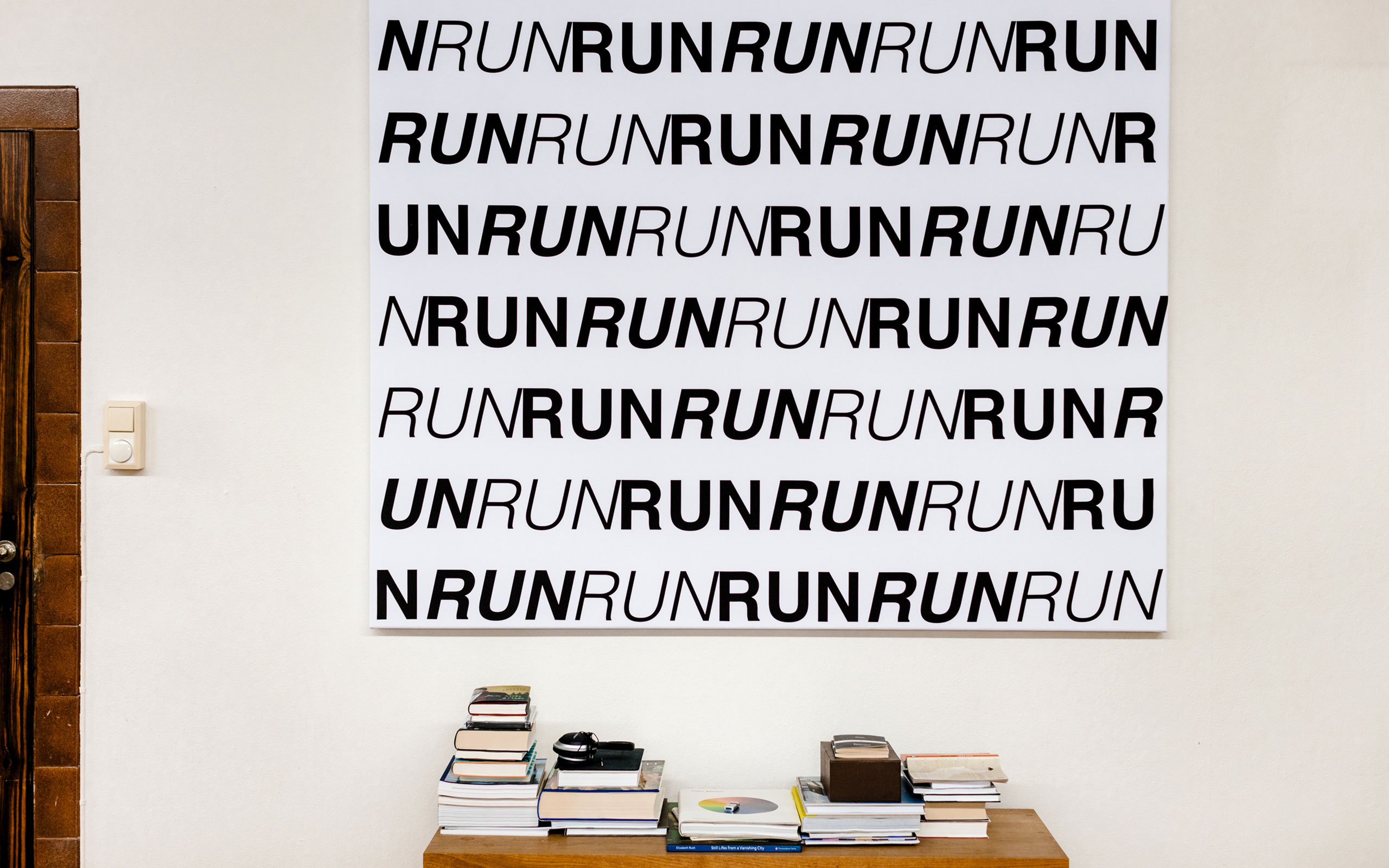
So your approach to collecting is less about spending little money, but about making the most of your money.
Exactly. I don’t write that much about it in the book, but one way to buy great art on a limited budget is to buy editions. I still buy editions because I think they are fantastic value for money. They might not increase in price that much, but they are a good way to buy interesting art for a few hundred Euros. That is what I wanted to achieve with my book: to show how low the threshold to owning great art can be.
As you say, editions are definitely a good entry into the art world. Could you share some of your favorite places where to get them?
Many museums have art editions to finance their shows, for example the Moderna Museet in Stockholm. I bought an edition when Wolfgang Tillmans had his exhibition there in 2012. A while ago I heard that the edition is still available. It was a beautiful photo by Tillmans, who is one of the greatest artists of his generation. Every year, I buy an edition from Artist Space. It’s such great value that often it’s more expensive to frame the works than to actually buy them. (laughs) The German magazine Texte zur Kunst issues great editions as well. They once offered a little sculpture by Klara Lidén and a terrific photograph by Torbjørn Rødland for about 400 Euro each. We are talking about some of the absolutely best artists!
Do you actually live with your collection? A big part of it is probably in storage.
I love living with my art and I try to circulate it as well. I used to empty my house every year and fill it with new art. I no longer do it to such a dramatic extent, but I still change things quite often. The same applies to my office. Being able to surround myself with art in my daily life makes me feel like an extremely fortunate man. It makes life so much richer!
Not only are you an important collector of contemporary art, you also collect Russian icons. Is there a running theme that connects these different aspects of your collecting activity?
I think the red thread is me. Most art today doesn’t relate much to icons. But the thing is that I like both. I no longer buy Russian icons, but I am really fond of those in my collection. I feel every collection should reflect the collector’s personality and be part of his personal life. I just visited the Boros Collection in Berlin and really liked the way it was presented. It truly represents Mr. and Mrs. Boros’s specific taste. I deeply respect that.
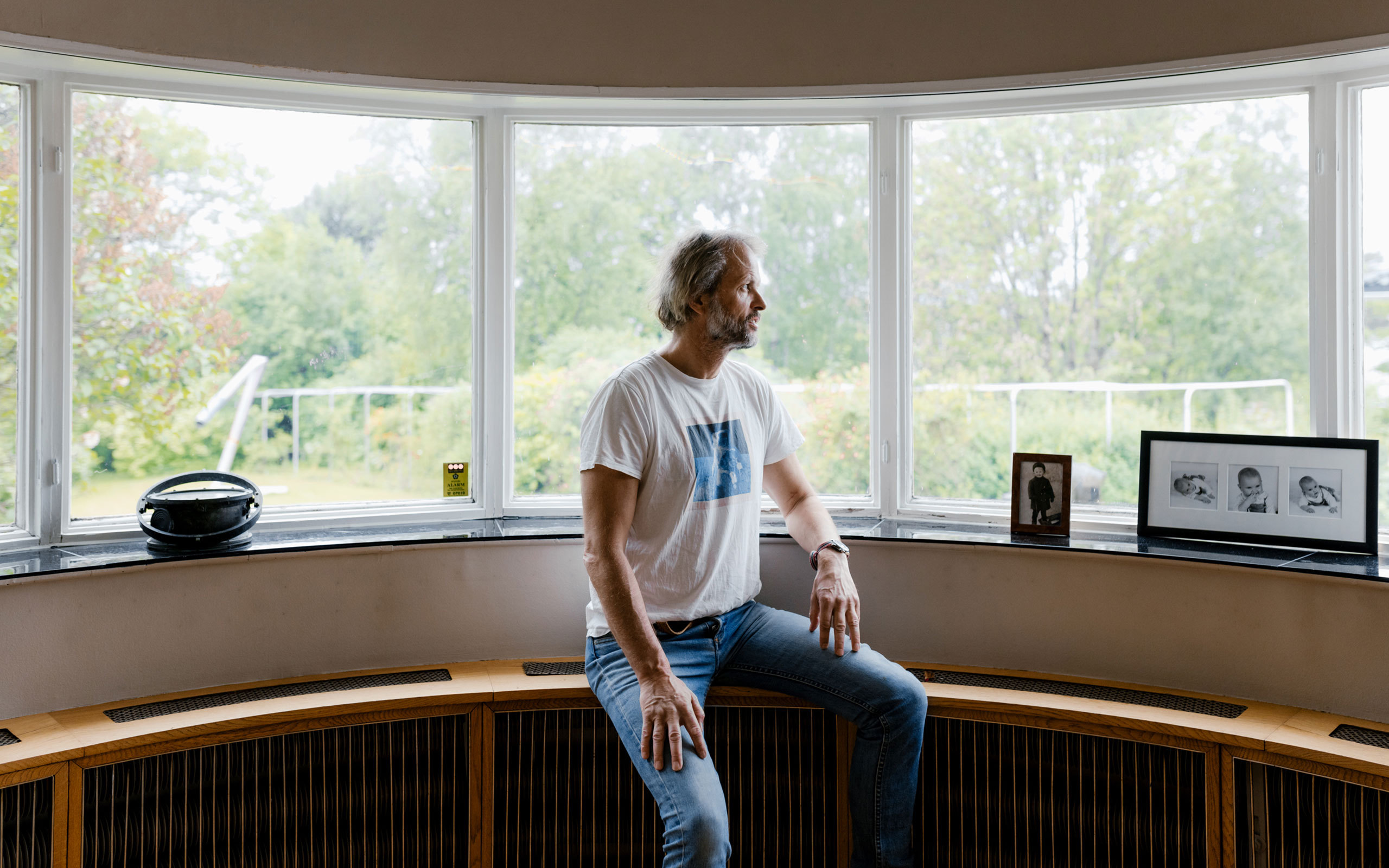
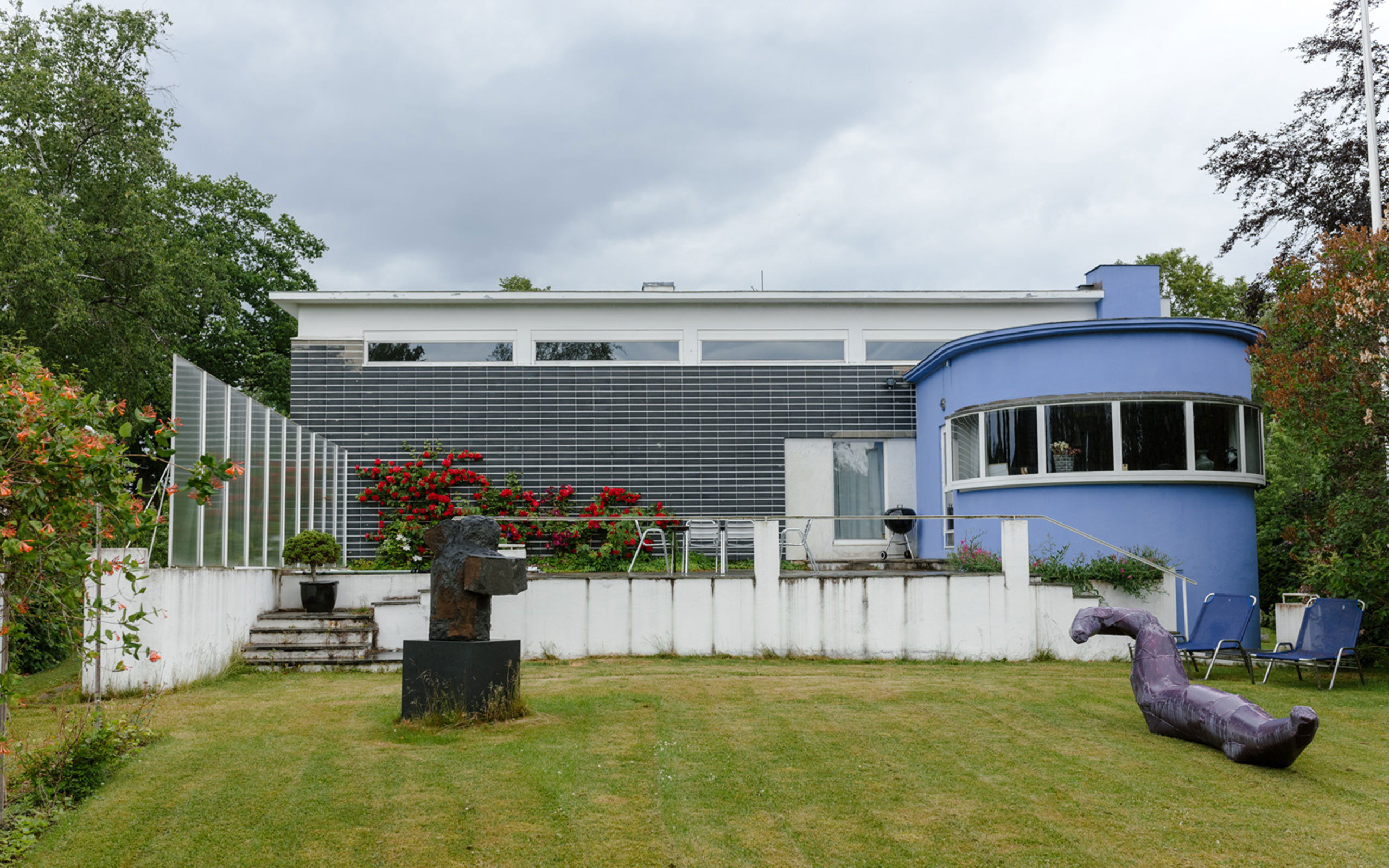
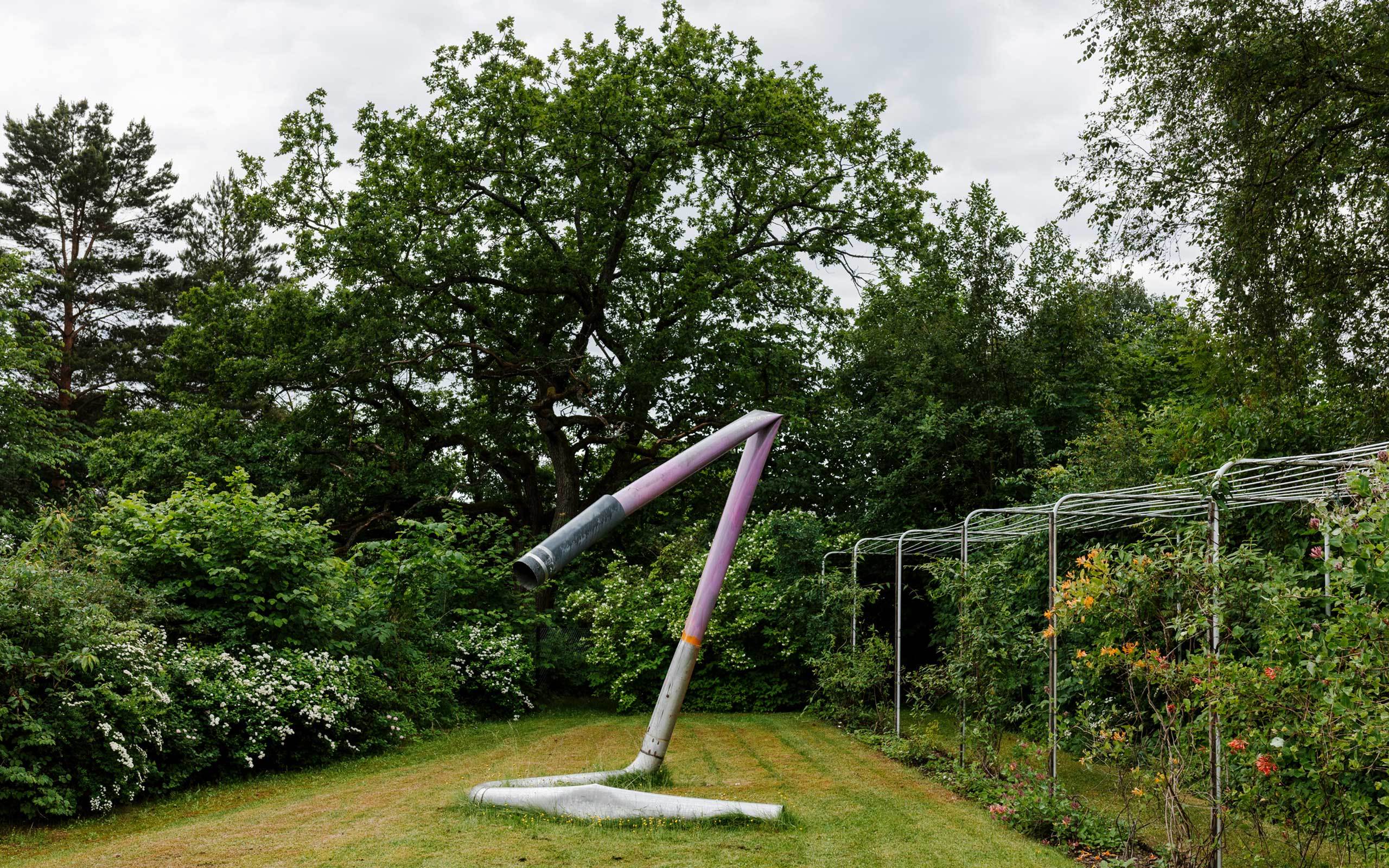
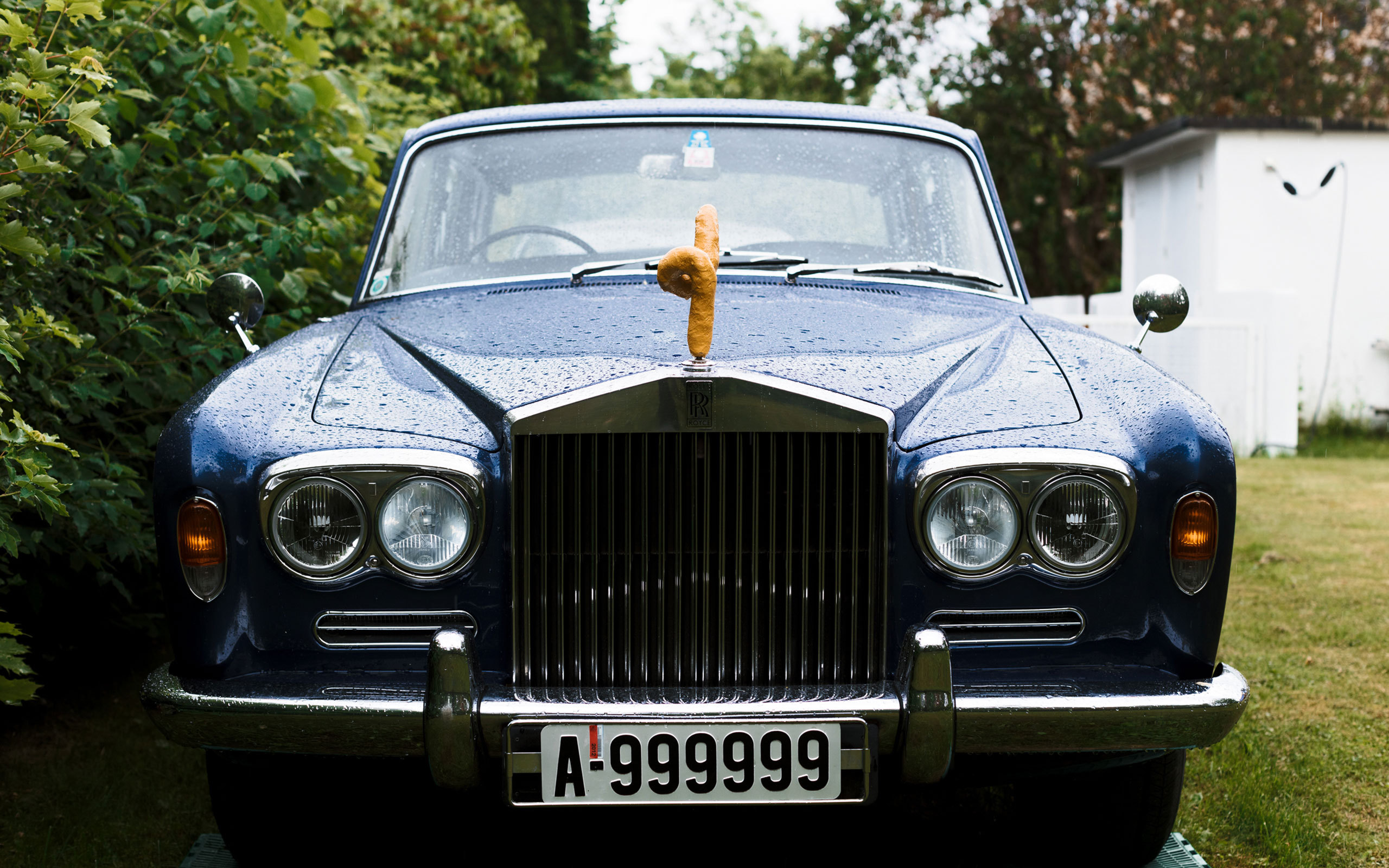
You have challenged nature and you have challenged the art world. What’s the next challenge you’re ready to take on?
There will definitely be new challenges for me. I believe I will keep on buying art, but maybe not as much as I used to. I am running a publishing company and that is a challenge I’m very much involved in. And then I have taken to writing books. I just wrote a book on silence, which is now being translated into 33 languages. The English title will be Silence in the Age of Noise. Right now I’m working on a book about walking, which is a bit more philosophical than the book about collecting art.
As part of your more recent exploration projects you were walking from New York to the Atlantic, just using sewage tunnels, and you walked along the entire Sunset Boulevard in L.A.
These were fantastic projects. My whole life has very much been about walking and I still do walk a lot. For me walking is also connected to silence – which doesn’t mean there is no sound but there is no noise. I felt I had to write about these two topics because people today like to live on the fast lane. Everything is about being as fast as possible. But I like to walk every day and that’s something I like to pass on.
To walk more is great advice for everyone. Do you have some specific advice for young collectors as well?
Every collector has to find his or her own path. When I walked to the North Pole I was told: think ahead, travel light, and leave your fears behind. I think that was good advice and it also applies to collecting art. Get started! Buy some art! Start with three pieces, take them home, live with them for three months and see what happens. If you enjoy them buy more, perhaps by the same artists. If one piece is not for you, turn in a different direction and find other art you appreciate in your home. Living with your art is a good place to start building your taste. Later, when you find galleries that are selling artists you appreciate, try to form a relationship with those galleries.
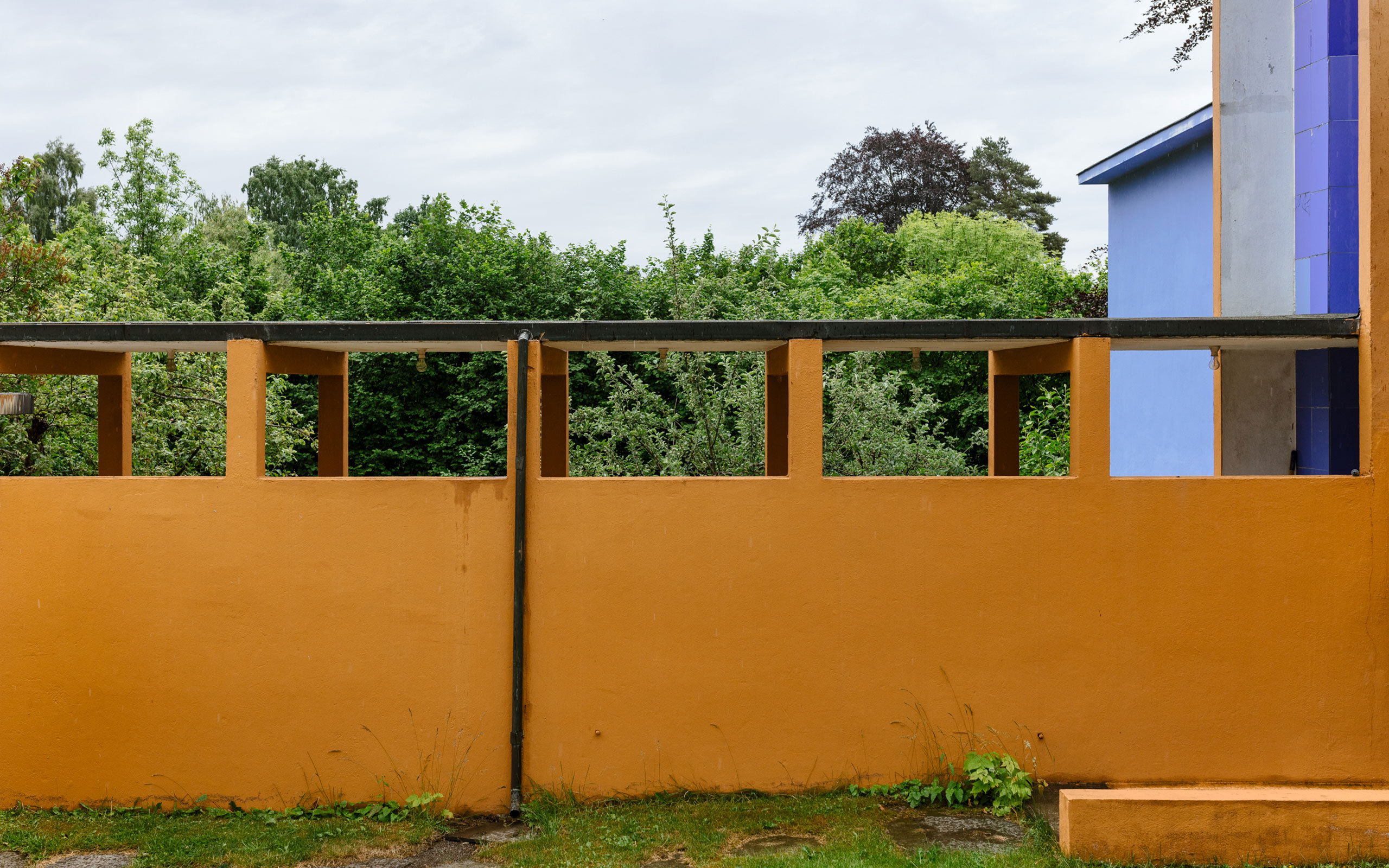
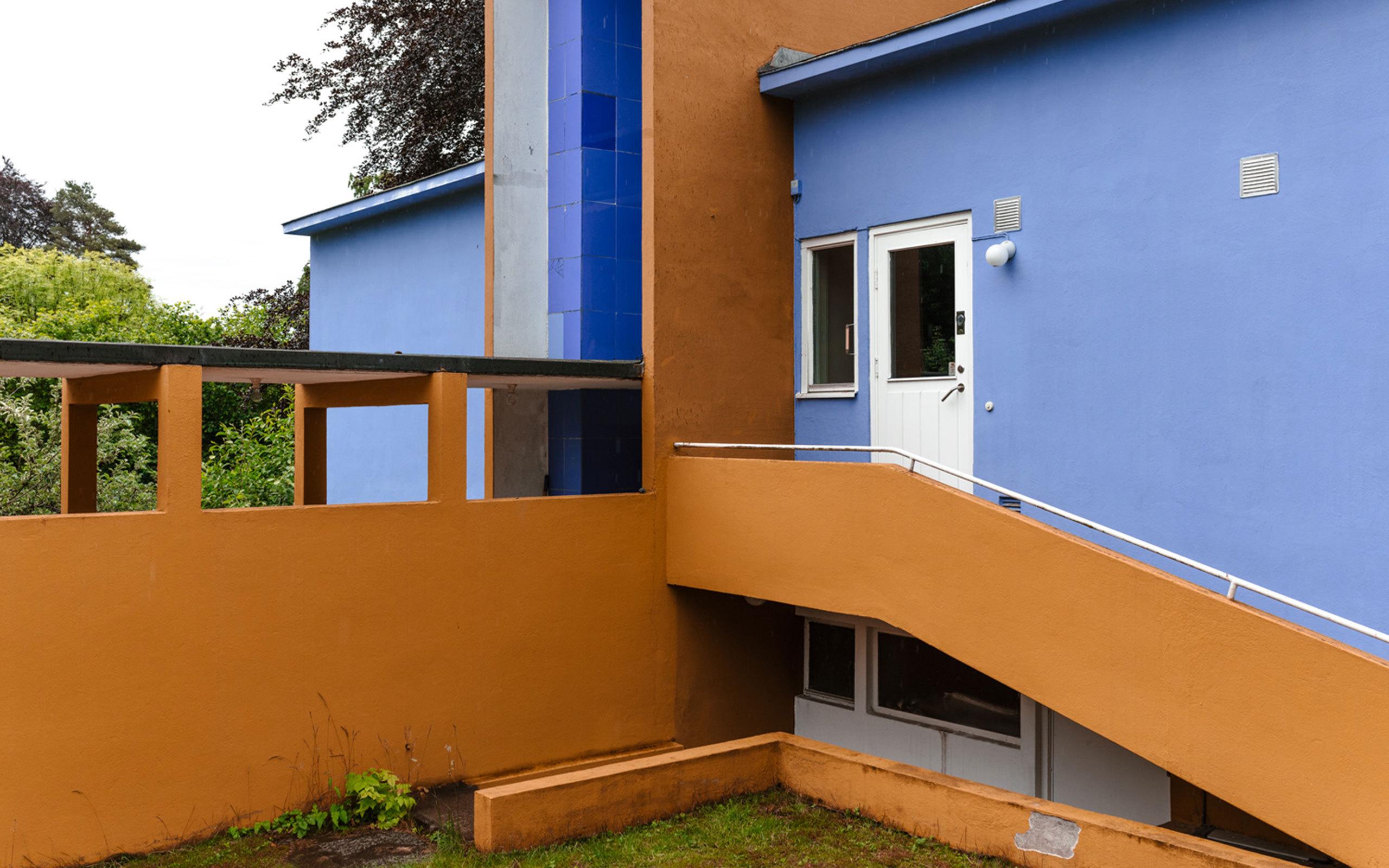
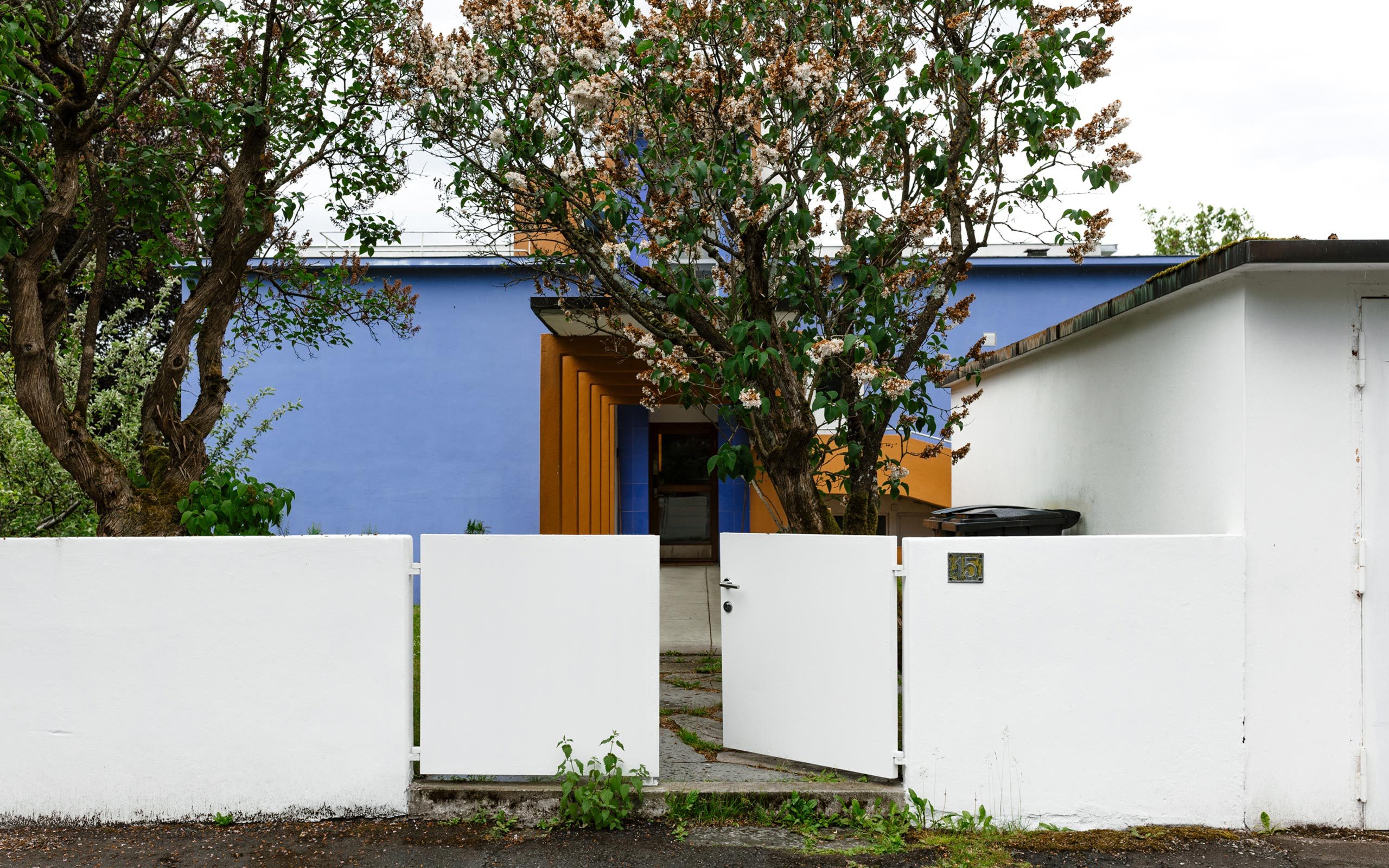
Interview: Gabriel Roland
Photos: Thomas Ekström
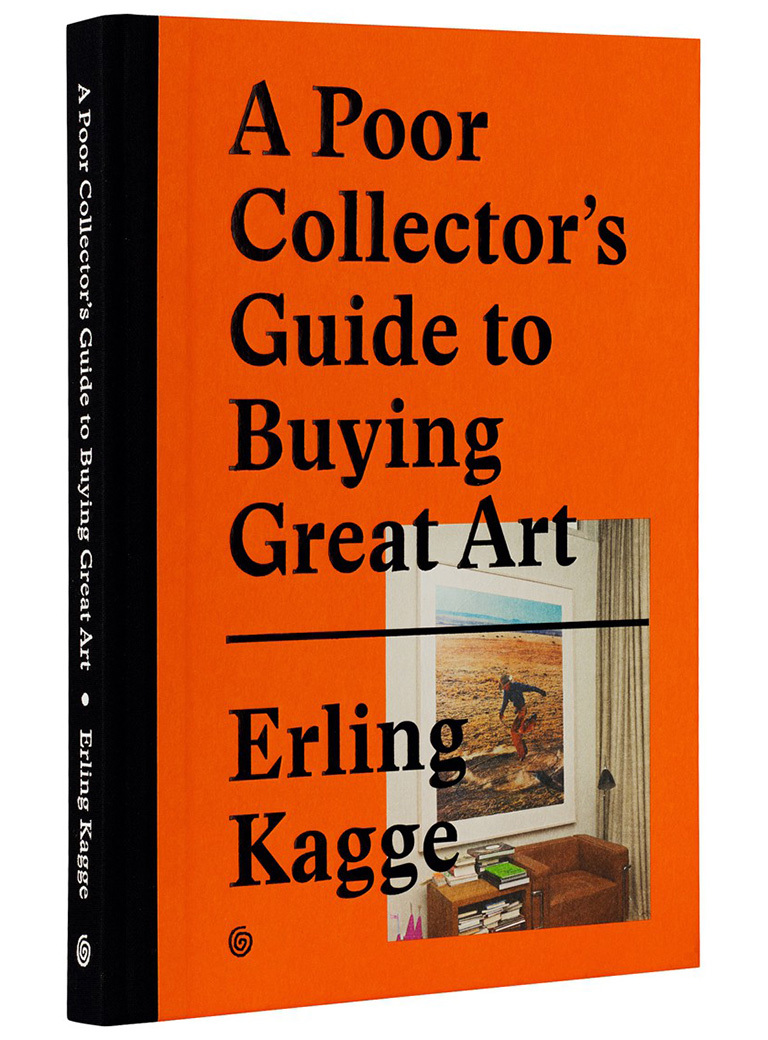
By: Erling Kagge
Release Date: June 2015
Format: 17 × 24 cm
Features: Full color, hardcover, 192 pages
Language: English
ISBN: 978-3-89955-579-0


